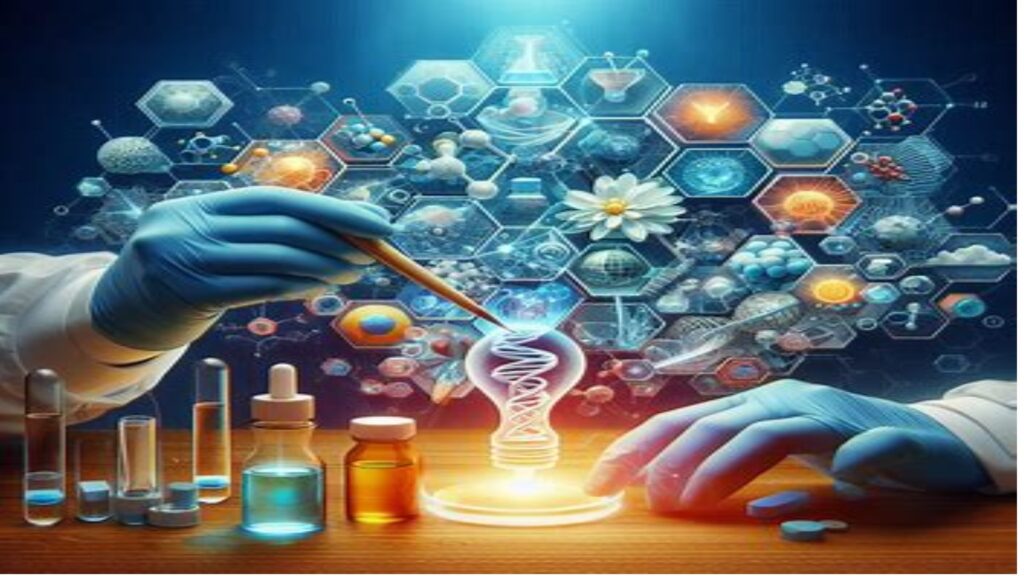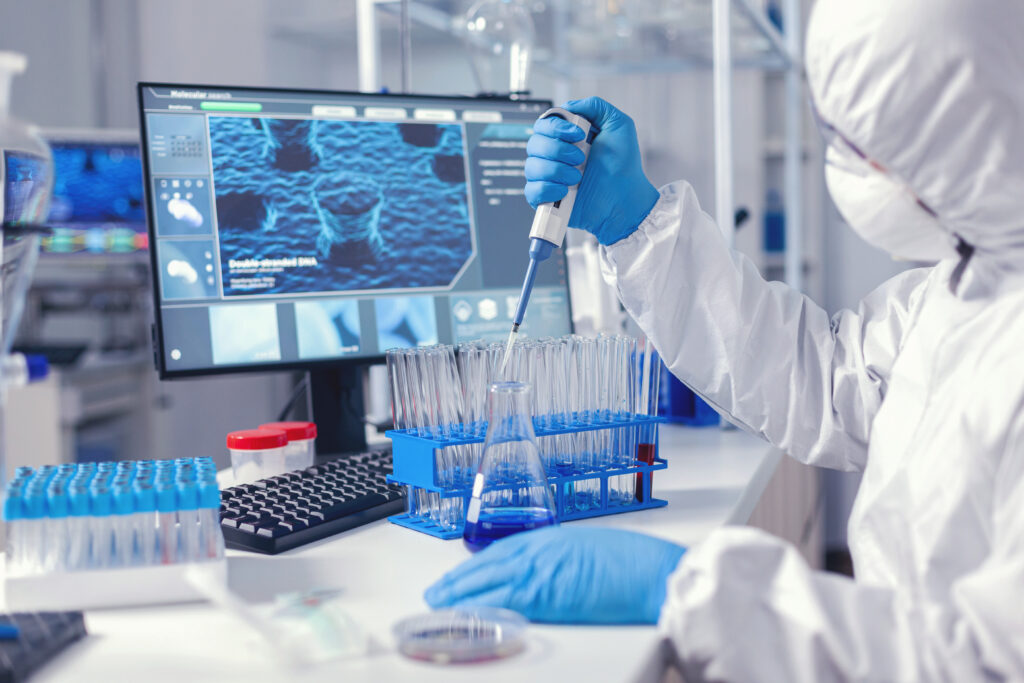“Innovations in Pharmaceutical R&D: Latest Trends Unveiled”
“Explore the intricacies of drug discovery in pharmaceutical research and development (R&D) through our comprehensive article. Learn about the challenges, opportunities, and the latest advancements in technology shaping the future of healthcare. Dive into the world of personalized medicine, collaborative efforts, and regulatory innovations, as we unravel the dynamic landscape of drug discovery in the pursuit of groundbreaking treatments and improved patient outcomes.”
“Innovations in Pharmaceutical R&D: Latest Trends Unveiled” Read More »



